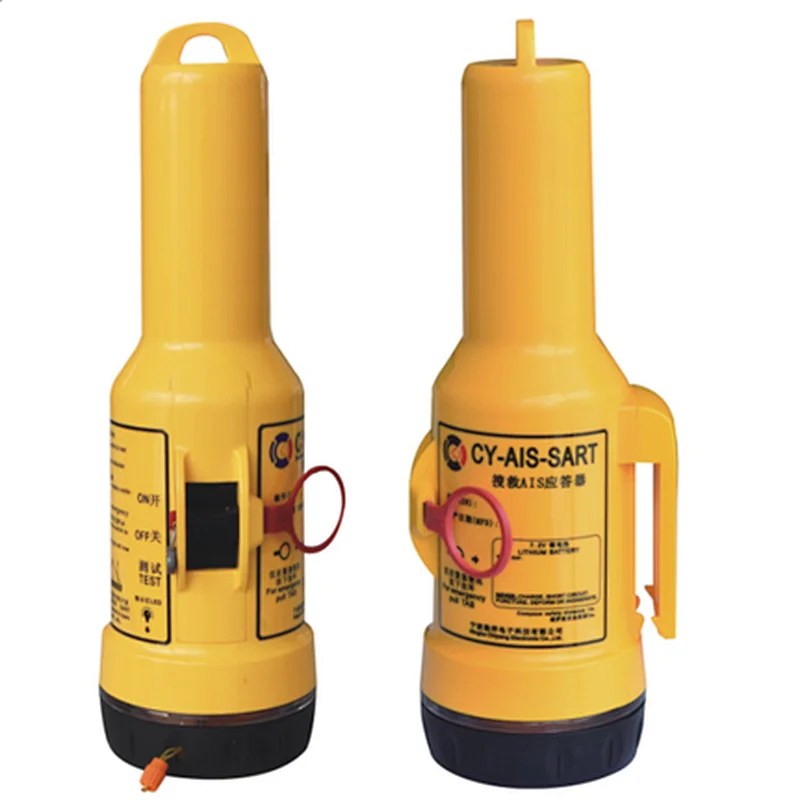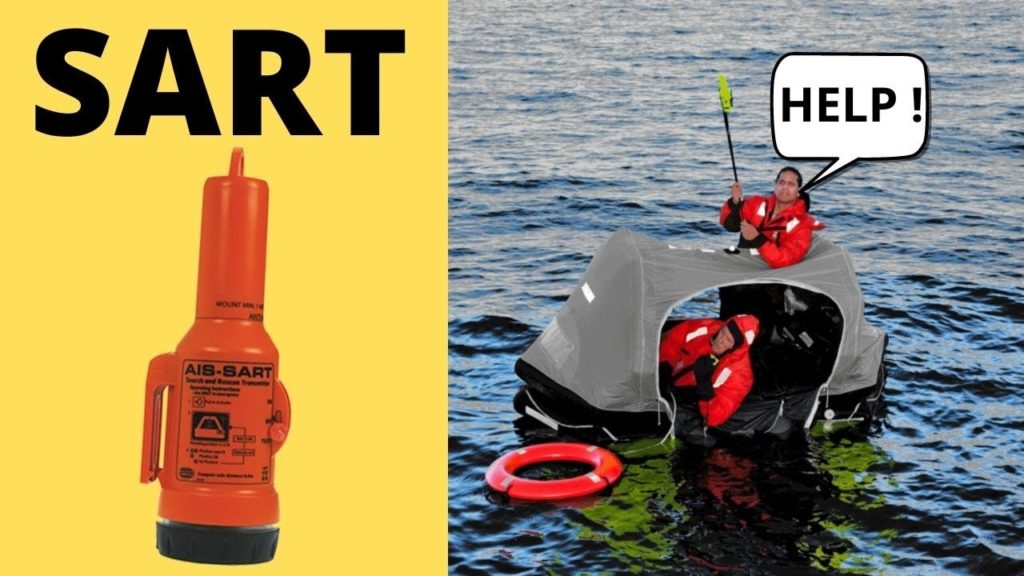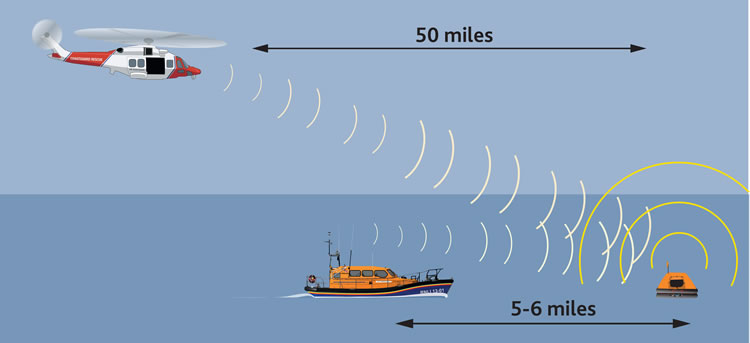The Importance of SART in Maritime Safety: Saving Lives at Sea
The significance of the SART in maritime safety cannot be overstated. Its primary purpose is to enhance the chances of survival for those in distress at sea. By providing an effective means of alerting nearby vessels and SAR services, the SART enables quick response and assistance, minimizing the risks associated with maritime emergencies. The SART’s ability to transmit accurate distress signals greatly improves the efficiency of search and rescue operations, ultimately saving lives.




